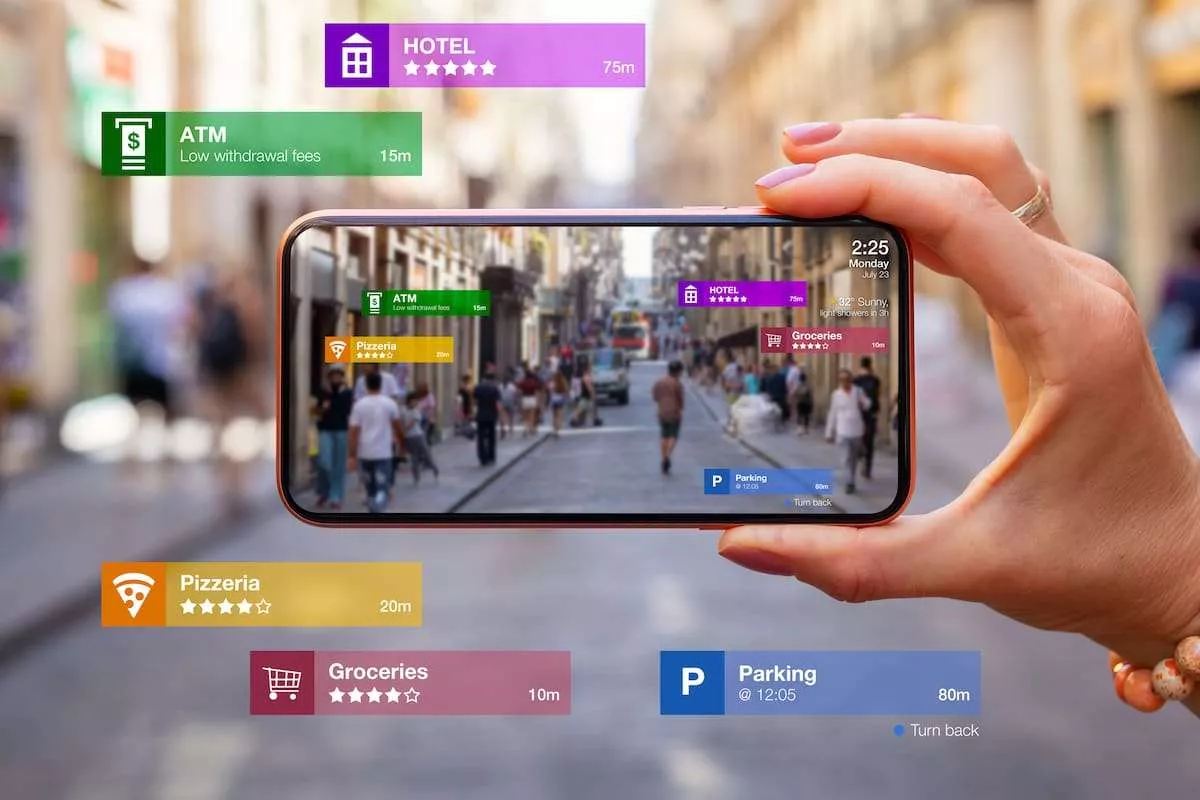Excessive Performance Computing (HPC) processes data and performs complex calculations at speeds that far exceed those of conventional computing sources. HPC techniques use clusters of powerful processors to execute a number of tasks concurrently, providing immense computing energy and efficiency. The mixture of high-performance GPUs with software optimizations has enabled HPC methods to carry out complex simulations a lot faster than traditional computing methods.
Molecular dynamics (MD) simulations are a big utility inside HPC, alongside different fields such as local weather modeling and computational chemistry. It facilitates rapid most cancers diagnosis and molecular modeling, considerably boosting efficiency in identifying potential therapies. Digital drug screening powered by HPC accelerates drug discovery, considerably reducing prices and time. The quickest supercomputer is the US-based Frontier, with a processing velocity of 1.206 exaflops, exemplifying the cutting-edge capabilities of HPC methods.
Understanding how does hpc work entails exploring parallel processing and interprocess communication. Once an engineer integrates and configures nodes, a distributed processing software framework (like Hadoop MapReduce) splits computing duties evenly between all computers on the community. Each node is answerable for a different task and can work in parallel with different nodes in different clusters to increase processing speed utilizing algorithms and software program simultaneously. See a comprehensive information to HPC in the data middle, how HPC services bring computational energy to extra organizations and ways to maximize HPC purposes’ efficiency.
A high-performance pc (HPC) solves advanced issues shortly by utilizing immense compute power through highly effective processors working in unison. High-performance computing is the muse for scientific, industrial, and societal advancements. Supercomputers, a sort of HPC, are purpose-built computer systems that embody millions of processors or processor cores, enabling them to handle the most demanding computational tasks. To energy more and more sophisticated algorithms, high-performance data evaluation (HPDA) has emerged as a model new section that applies the sources of HPC to massive information. In addition, supercomputing is enabling deep learning and neural networks to advance synthetic intelligence. The supercomputers of today are aggregating computing power to deliver significantly greater efficiency than single desktops or servers and are used for solving complex problems in engineering, science, and enterprise.
These parallel computing capabilities enable HPC clusters to execute large workloads quicker and extra effectively than a traditional compute mannequin. The increasing adoption of HPC methods can be pushed by the growing need for artificial intelligence (AI) and machine studying (ML) functions. As AI and ML fashions become extra refined, they require vital computational resources to coach and run efficiently. The improvement of recent HPC architectures shall be crucial in supporting these emerging workloads, enabling researchers to explore complicated relationships between variables and make predictions with higher accuracy. High-performance computing (HPC) has revolutionized local weather modeling and climate forecasting by enabling researchers to simulate complicated atmospheric phenomena with unprecedented accuracy and backbone. High Efficiency Computing (HPC) systems are designed to deal with complicated computational tasks that require significant processing power, reminiscence, and storage.

HPC simulations have enabled researchers to train these algorithms with unprecedented speed and accuracy, resulting in breakthroughs in fields like picture recognition and natural language processing. In the modern world, groundbreaking discoveries and inventions can only occur with technology, information and advanced computing. As cutting-edge technologies like synthetic intelligence (AI), machine learning (ML) and IoT evolve, they require large amounts of knowledge. Tightly coupled workloads consist of many small processes, every handled by completely different nodes in a cluster, which are depending on one another to finish the overall task. Tightly coupled workloads often require low-latency networking between nodes and fast access to shared reminiscence and storage.
Scientific Analysis And Simulations
Study how the proliferation of knowledge, as nicely as data-intensive and AI-enabled functions and use instances, is driving demand for the elevated throughput of high performance computing. HPC additionally facilitates the evaluation of huge datasets generated in Materials Science experiments. For example, researchers use HPC to investigate knowledge from high-throughput experiments, similar to these conducted on combinatorial libraries of supplies (Cui et al., 2018). By leveraging HPC techniques, scientists can identify patterns and trends in these datasets that would be difficult or inconceivable to discern using traditional methods. One key application of HPC in Supplies Science is the simulation of material habits beneath varied conditions. For instance, researchers use HPC to model the mechanical properties of materials, corresponding to their energy and toughness, by simulating the interactions between atoms and molecules on the nanoscale (Tadmor cloud computing et al., 2012).
Uncover Cloud Applied Sciences

HPC techniques typically use the latest CPUs and GPUs, as properly as low-latency networking fabrics and block storage gadgets, to enhance processing speeds and computing performance. Manufacturers typically use HPC and synthetic intelligence to design new machines corresponding to planes and vehicles in software program earlier than constructing bodily prototypes. With Out the computing energy of HPC, designing and rendering potential models would take for much longer and decelerate the manufacturing process. Laptop chip producers use HPC to mannequin new chip designs before prototyping them in the foundry. These codes provide a variety of ML algorithms, together with supervised and unsupervised learning, deep learning, and reinforcement studying.
- For example, a company may submit one hundred million bank card information to particular person processor cores in a cluster of nodes.
- High-performance computing aggregates the computing power of several individual servers, computers, or workstations to supply a more highly effective solution.
- HPC’s capability to rapidly course of, retailer, and analyze massive quantities of data gives it a big edge over conventional techniques, solving issues too large or time-consuming for standard computer systems.
- Parallel processing is the backbone of HPC, enabling supercomputers to make use of hundreds of compute nodes to process information for simultaneous task execution.
- By offloading parallelizable tasks to GPUs, HPC clusters can achieve vital performance features and sort out complex calculations more successfully.
Hpc And Cloud Computing

Furthermore, the development of new AI-powered instruments such as automated code generation and optimization has the potential to considerably enhance developer productivity. The use of GPUs has turn into more and more prevalent in HPC systems due to their ability to perform multiple calculations concurrently. A study by the Journal of Parallel Computing found that the utilization of GPUs can outcome in performance enhancements of as much as 10 occasions compared to traditional central processing unit (CPU)-based architectures (Wong et al., 2019). Moreover, the development of new interconnect technologies corresponding to InfiniBand and Omni-Path have enabled faster data switch rates between nodes, further enhancing overall system performance.
These techniques usually include multiple nodes or processors connected via high-speed interconnects, similar to whats hpc InfiniBand or Ethernet (Dongarra et al., 2011). The key attribute of HPC systems is their capacity to scale horizontally by including more nodes, allowing them to sort out bigger issues and obtain larger performance. Parallel processing is the spine of HPC, enabling supercomputers to make use of 1000’s of compute nodes to course of information for simultaneous task execution. Dividing advanced issues into smaller duties, parallel processing allows HPC techniques to deal with every part concurrently, significantly reducing computation time and bettering processing velocity. Ideally, doubling processing items would halve the runtime, however real-world applications typically face overhead because of synchronization and cargo imbalances.
It is a means of processing huge volumes of data at very high speeds using a number of computers and storage units as a cohesive material. HPC makes it attainable to explore and discover answers to some of the world’s greatest problems in science, engineering, and enterprise. The integration of HPC with different applied sciences such as https://www.globalcloudteam.com/ Artificial Intelligence (AI) and Machine Studying (ML) is predicted to lead to breakthroughs in various fields.


